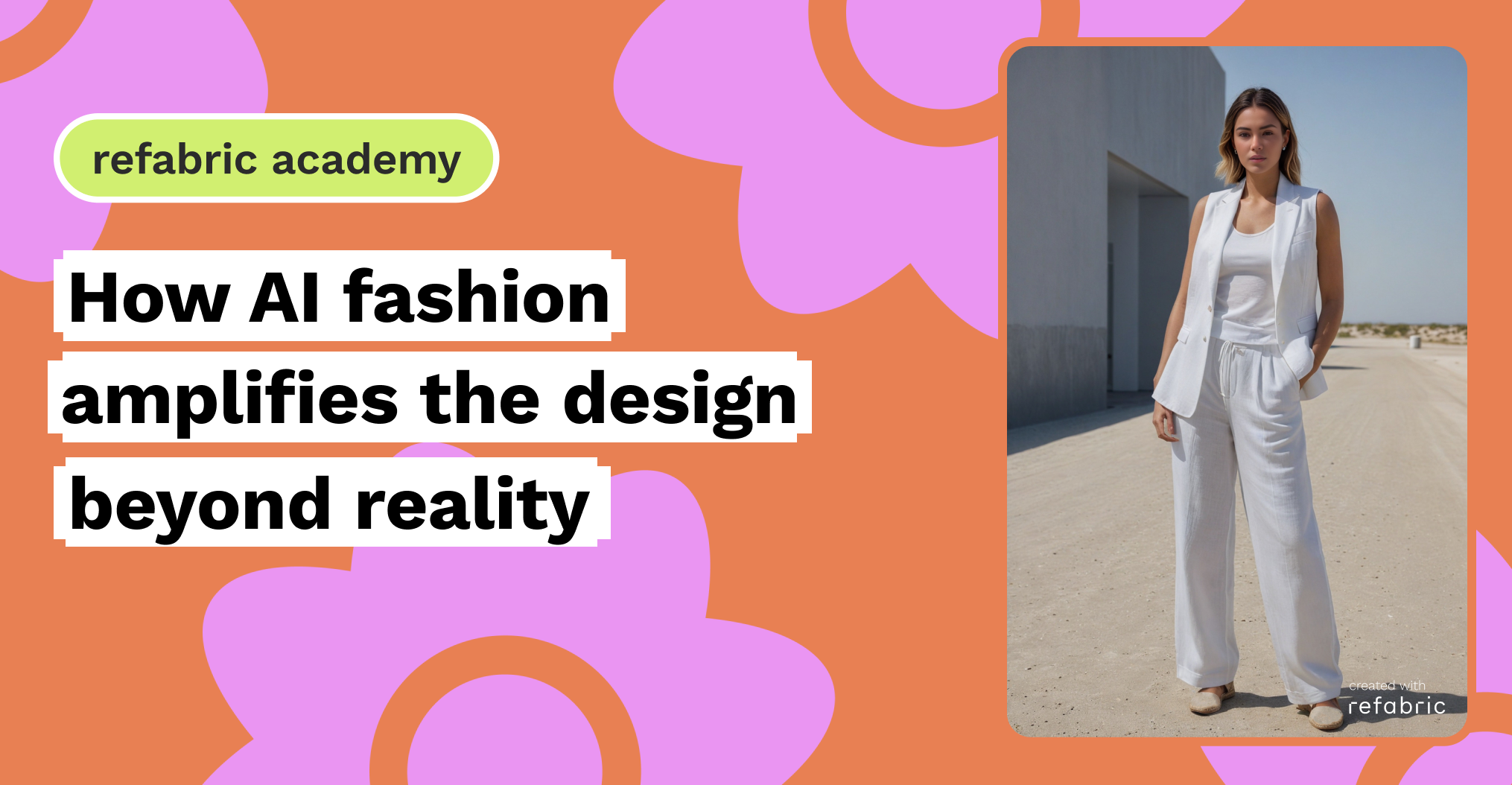In the age of the digital world, characterized by advancements in artificial intelligence and 3D design, the line between reality and digital is quite blurry. While this helps us envision digital designs more realistically, it also encourages designers to reflect their imagination in a grounded way. Digital design has been in the fashion designer’s world for many years. But AI brought a brand-new look to the possibilities emerging within 3D designs of fashion garments. With AI, designing could be hyper or beyond realistic looks, as its agility gives room to both possibilities. As AI brings the real and digital worlds together, it expands the realm of creative freedom.
Computer programs, digital design and artificial intelligence have become the designer’s fellow companions to express their imagination in a faster and more layered way. By layered we mean that digital design has many components to play with, to push and pull until the designer reaches the deep levels of their imagination. With AI-generated designs a new wave of aesthetics has emerged, mixing reality with digital brushes, as even mildly unrealistic images can influence and inspire designers. AI designing tools have made designers and manufacturers rethink the steps of designing procedures, which pushed them towards new ways of making patterns and shapes.
AI and Reality
The new aesthetics of AI design going beyond reality have leapt into fashion design as well. From cutting-edge ways of 3D modelling to rebuilding patterns and designs that have been a part of fashion history for many years, AI design encourages designers to go one step further, creating designs beyond reality, and within reality.
Some brands have started to create collections that stand between this hybrid world of AI and reality. Creating these revolutionary lines, AI design helps brands portray and amplify realistic designs with beyond-reality imaginations. This dataset is analysed, and trends, patterns, and styles may be identified from the results. AI fashion designers can also examine and comprehend the visual elements of apparel by using picture recognition technology. A designer can gain insight into more focused design possibilities by using this kind of study to better understand what makes some aesthetics more popular than others. This also gives other designers a new outlook on the aspects of current trends that tend to grab consumers’ interest.
AI Fashion Models
On the other hand, AI fashion design can generate diverse looks through AI fashion models and lifelike Avatars, and aid designers in creating detailed designs tailored to different body types. As these looks can be very realistic, they can also be easily manipulated. By that, AI fashion models open up new avenues for artistic expression and investigation. AI algorithms and designers can work together to produce virtual models that transcend the limitations of imagination and represent each designer’s vision. The fusion of human creativity and artificial intelligence (AI) technology broadens the scope of fashion design and creates opportunities for creative ideas, looks, and concepts that might not have been possible with just human models.
